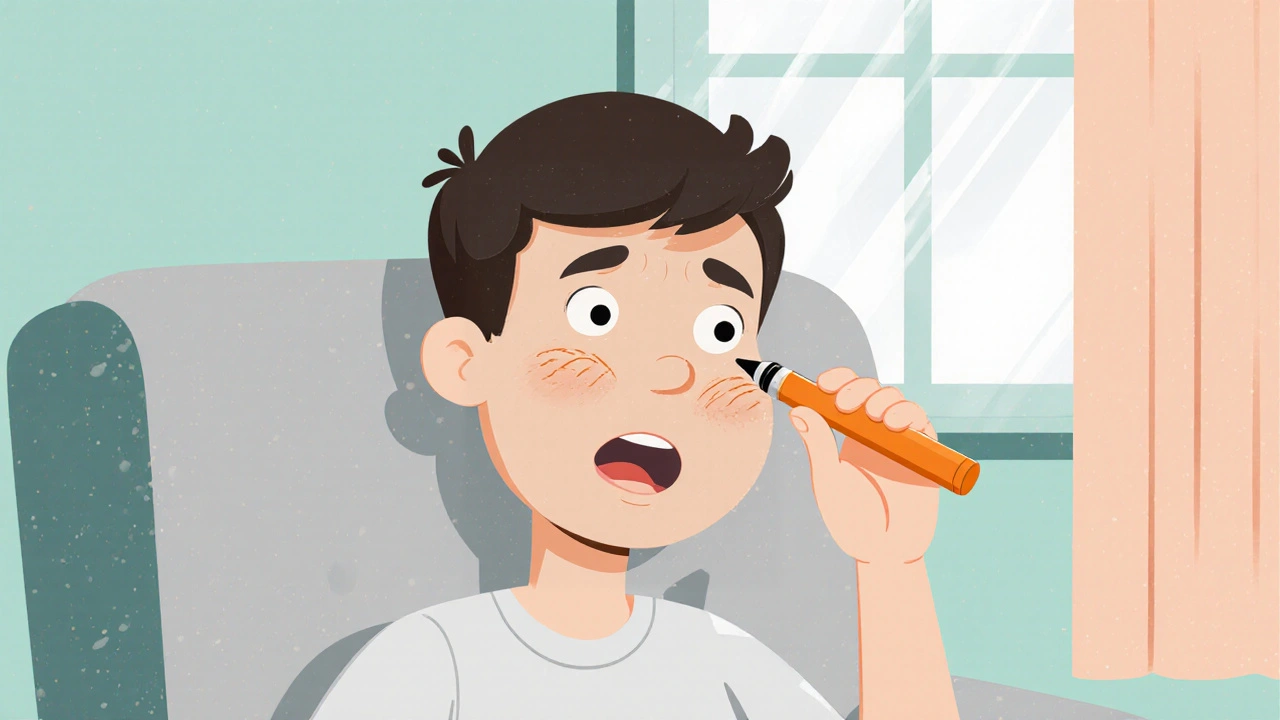When working with corticosteroid skin care, the practice of applying steroid‑based creams or ointments to manage skin inflammation and disorders. Also known as topical steroid therapy, it helps calm red, itchy, or swollen skin. A related concept is corticosteroids, a class of anti‑inflammatory drugs derived from cortisol, which can be delivered orally, by injection, or on the skin. The specific form used on the surface is called topical steroids, a subset of corticosteroids formulated for direct skin application. Finally, the primary target condition is skin inflammation, a response that causes redness, swelling, and discomfort in various skin conditions. Understanding how these pieces fit together lets you use steroids effectively while avoiding common pitfalls.
Topical steroids are a go‑to solution for many skin conditions like eczema, psoriasis, and contact dermatitis. They work by suppressing the body's immune response, which reduces the release of inflammatory chemicals. In practice, this means less itching and quicker healing. However, the strength of a steroid—ranging from mild hydrocortisone to potent clobetasol—dictates both the speed of relief and the risk of side effects. For instance, a low‑potency cream may be safe for facial use, while a high‑potency ointment should stay on thick skin areas and be limited in duration.
Safety hinges on three main factors: potency, duration, and application site. Potency determines how aggressively the drug interferes with inflammation; duration controls how long that interference lasts; and the site matters because some areas (like the face, groin, or flexures) absorb the medication faster and are more prone to thinning. Studies from dermatology clinics show that using a potent steroid for more than two weeks on the face can lead to skin atrophy, visible vessels, and even steroid‑induced acne. Balancing these variables is the core of responsible corticosteroid skin care.
Beyond the basics, there are practical tips that can make a big difference. First, always wash hands before and after applying the product to avoid spreading the medication to unintended areas. Second, use a fingertip‑unit measurement to ensure you’re applying the correct amount—about the size of a pea for a small spot, or a pea‑sized line for a larger patch. Third, pair steroids with gentle moisturizers; hydrated skin improves barrier function and can reduce the required steroid strength. Finally, schedule regular check‑ins with a dermatologist, especially if you notice persistent redness, stretch marks, or a burning sensation after use.
All these points tie back to the central idea that corticosteroid skin care is not a one‑size‑fits‑all solution. It’s a nuanced tool that, when used correctly, can silence flare‑ups and restore comfort. Below you’ll find a collection of articles that dive deeper into specific drugs, compare options, discuss side effects, and offer step‑by‑step guides for safe purchasing and use. Whether you’re a beginner looking for a gentle starter cream or an experienced user managing chronic eczema, the resources ahead cover the whole spectrum.
